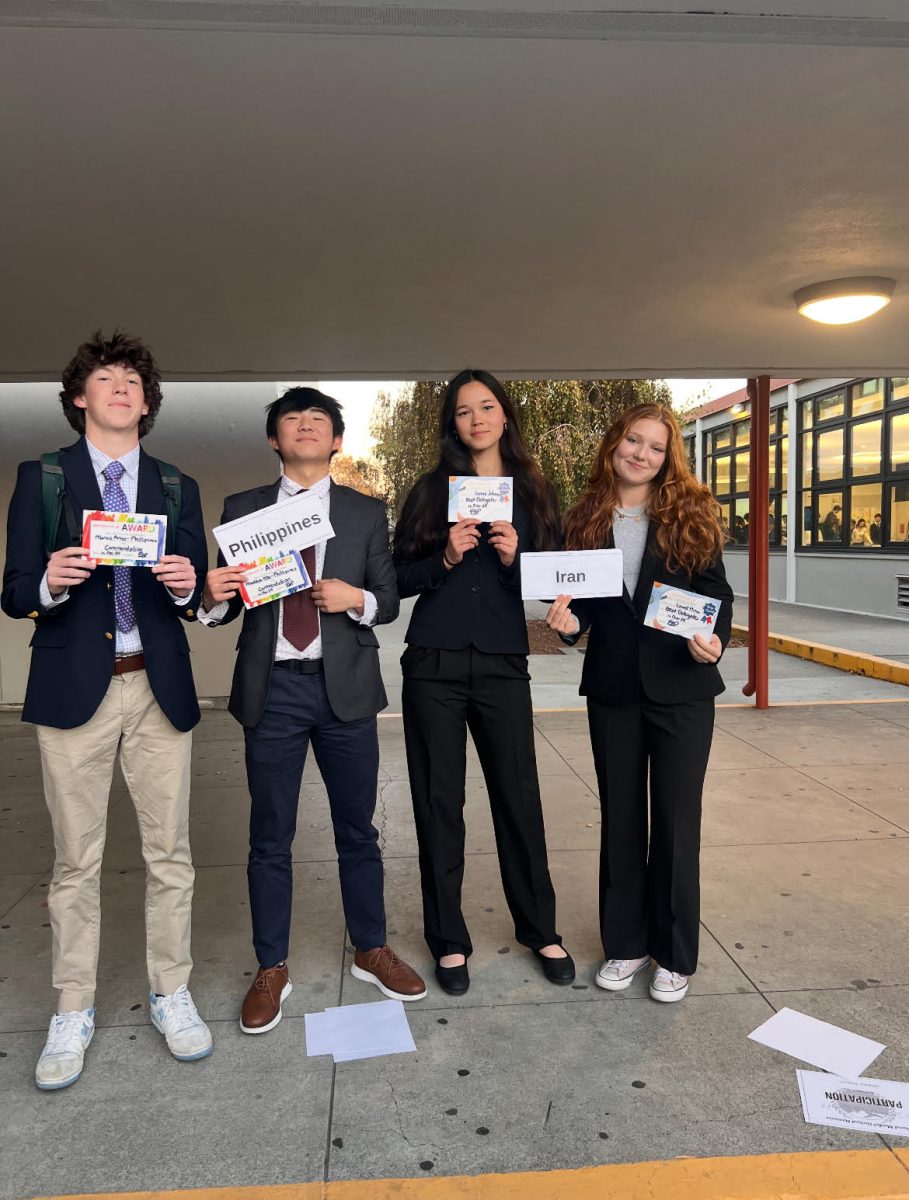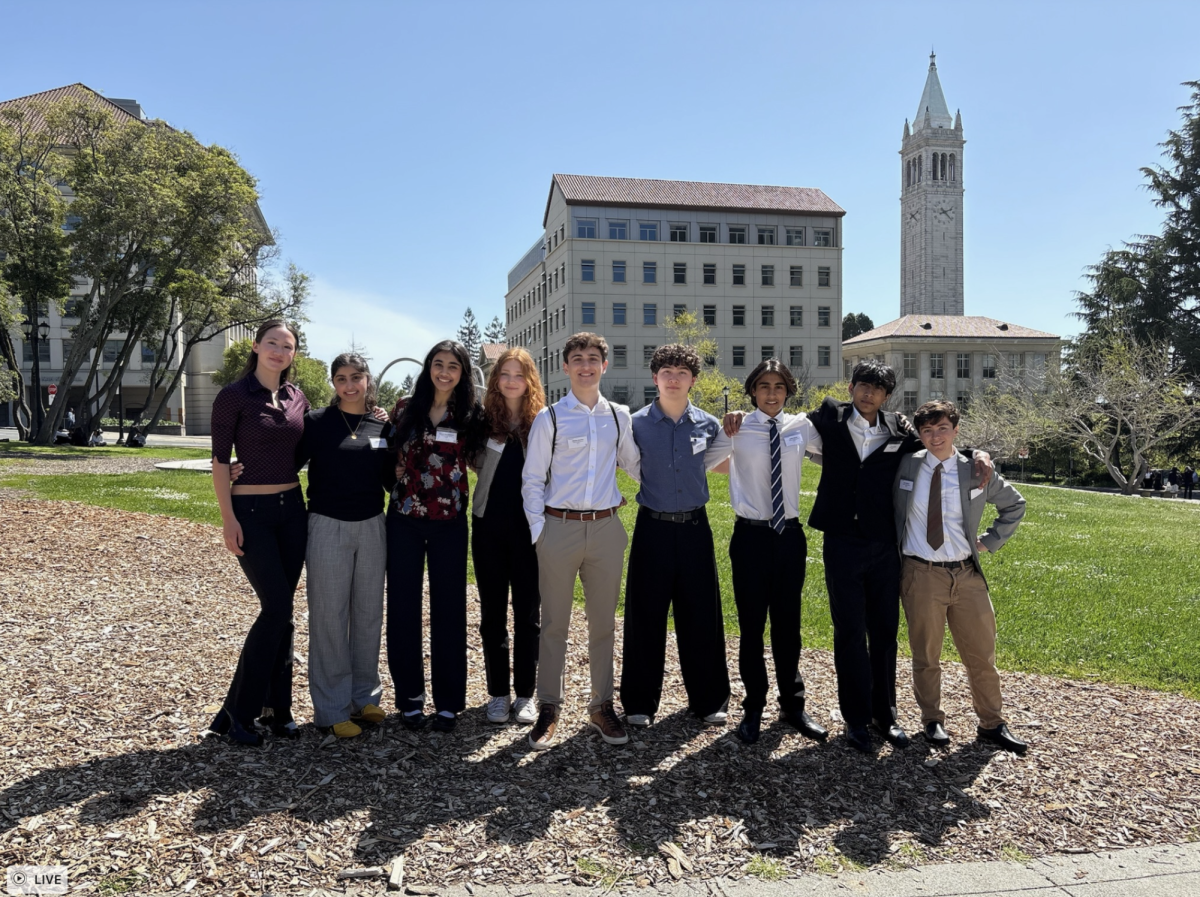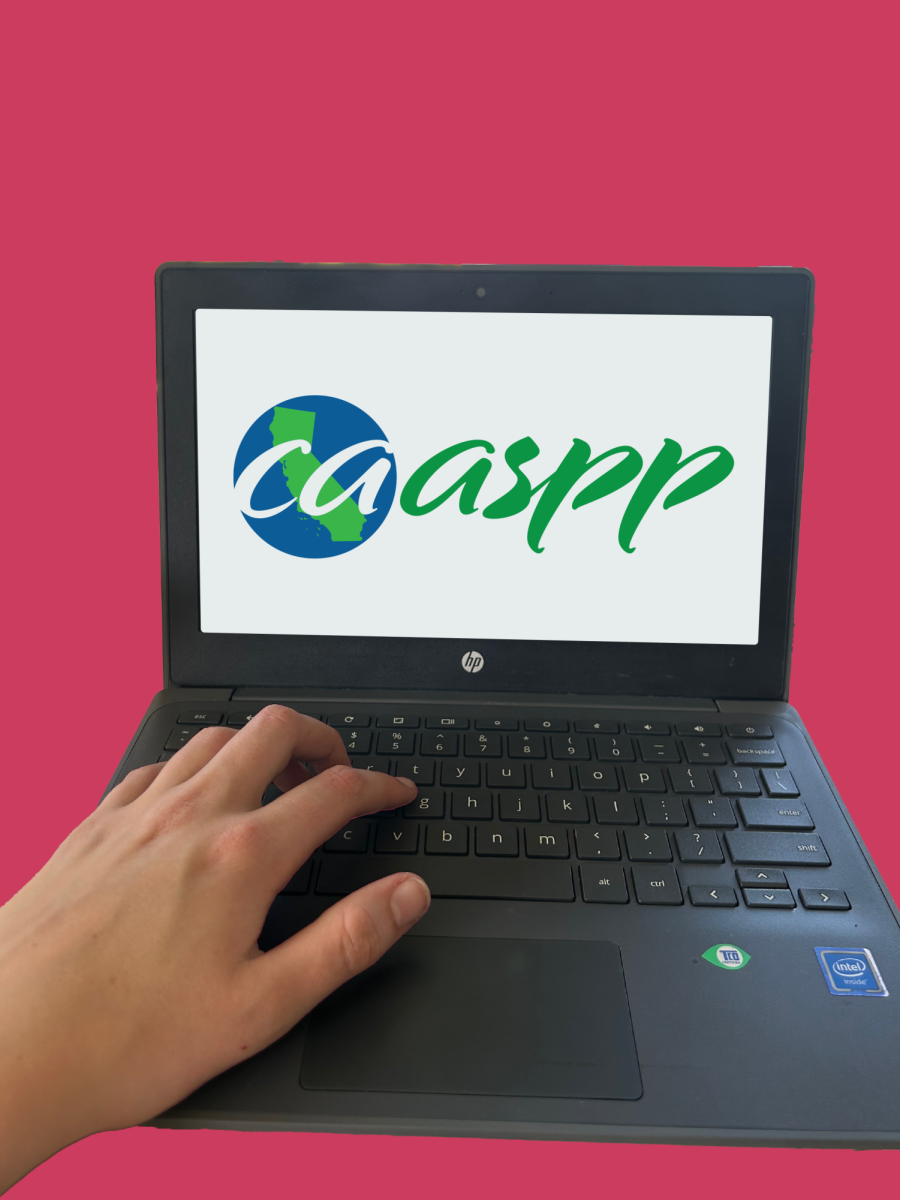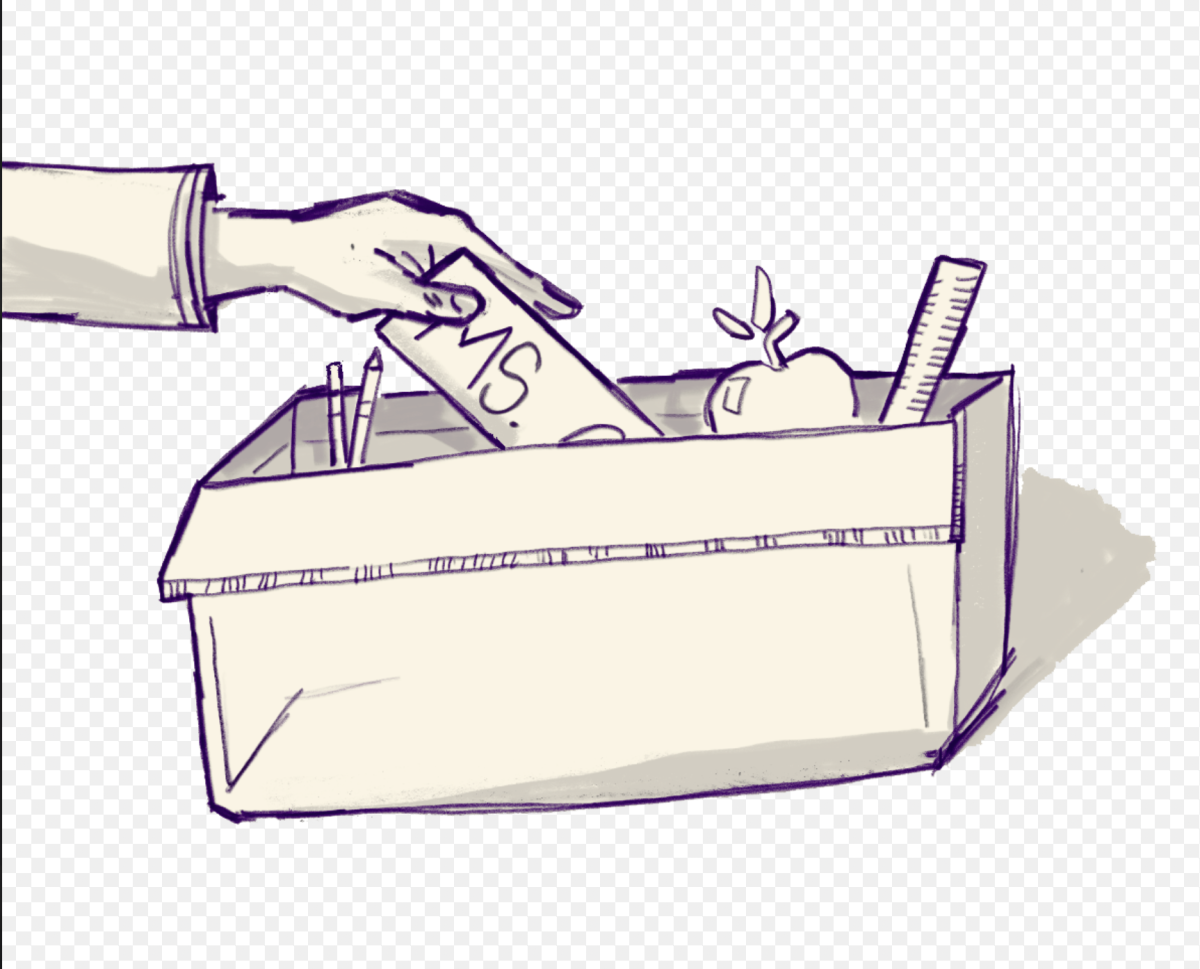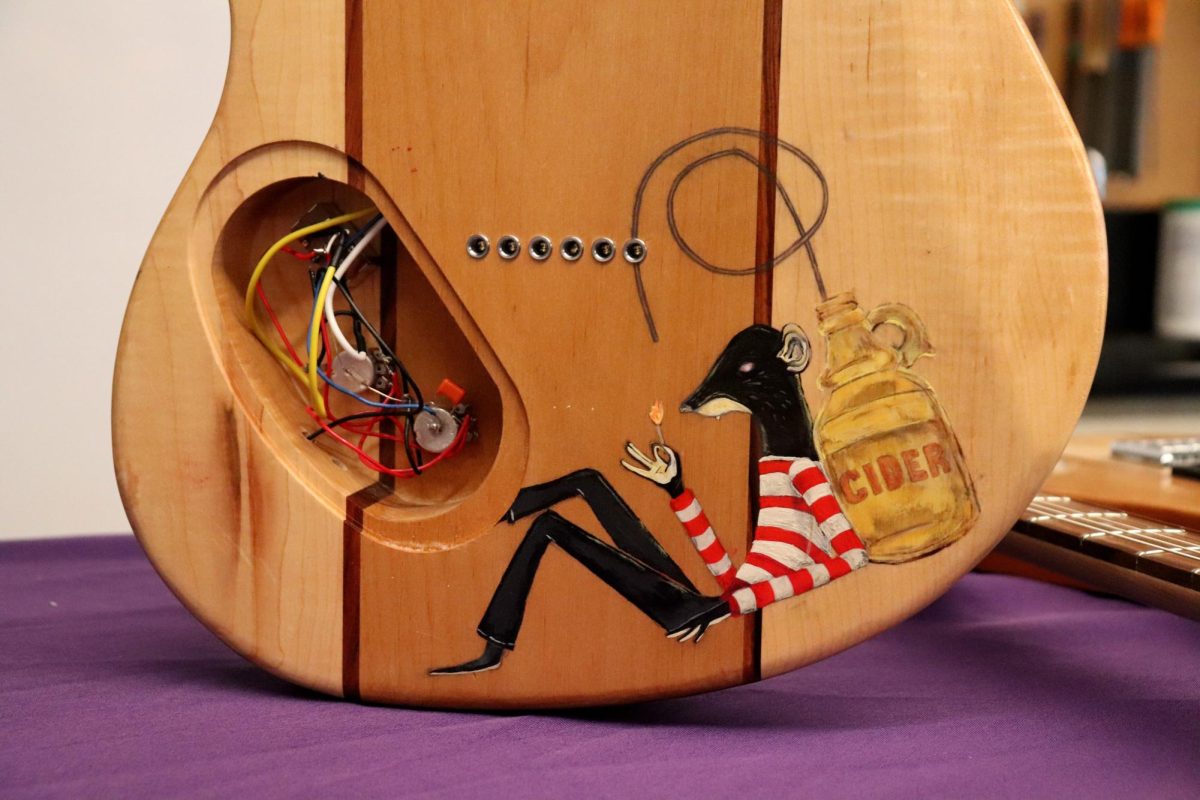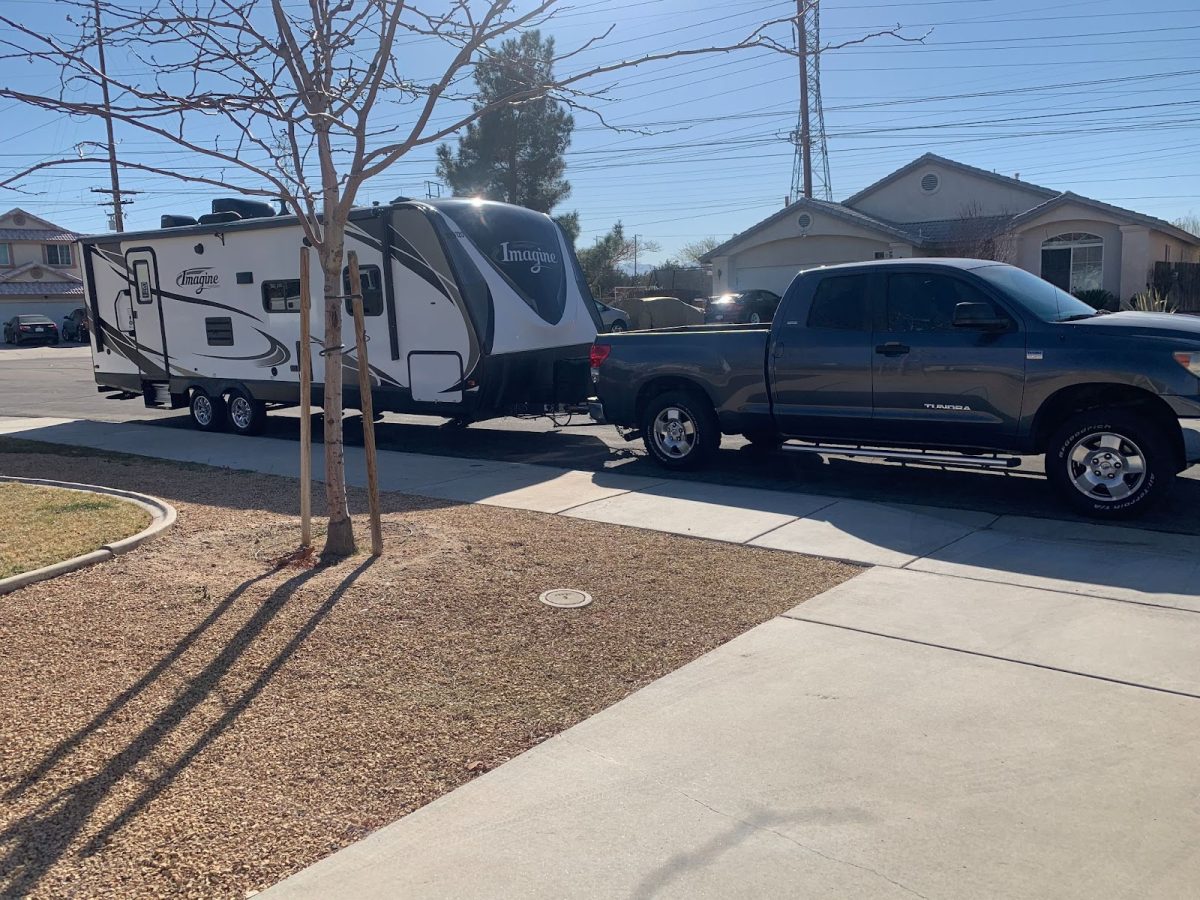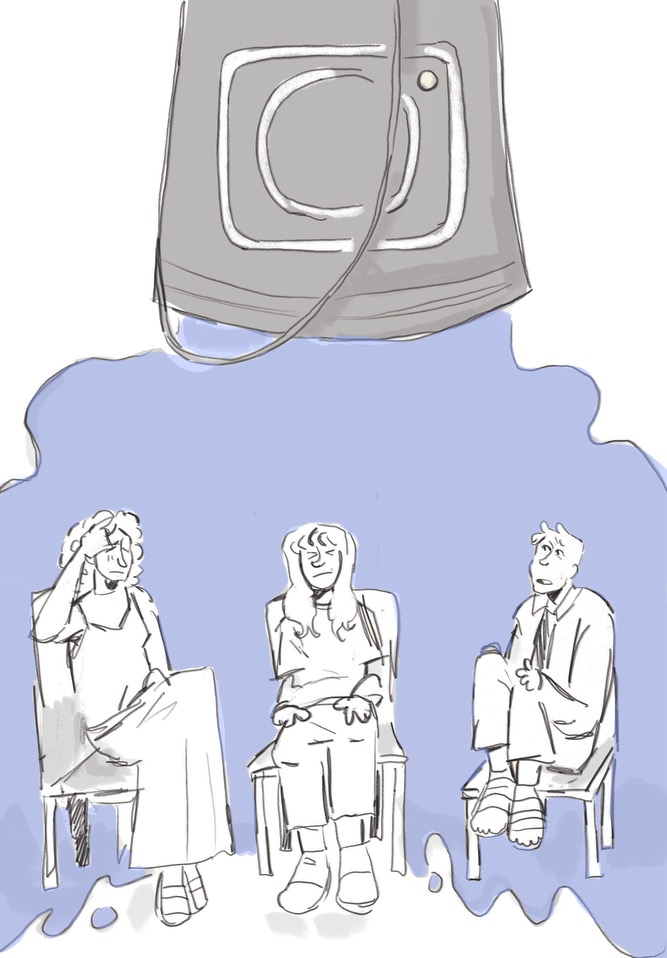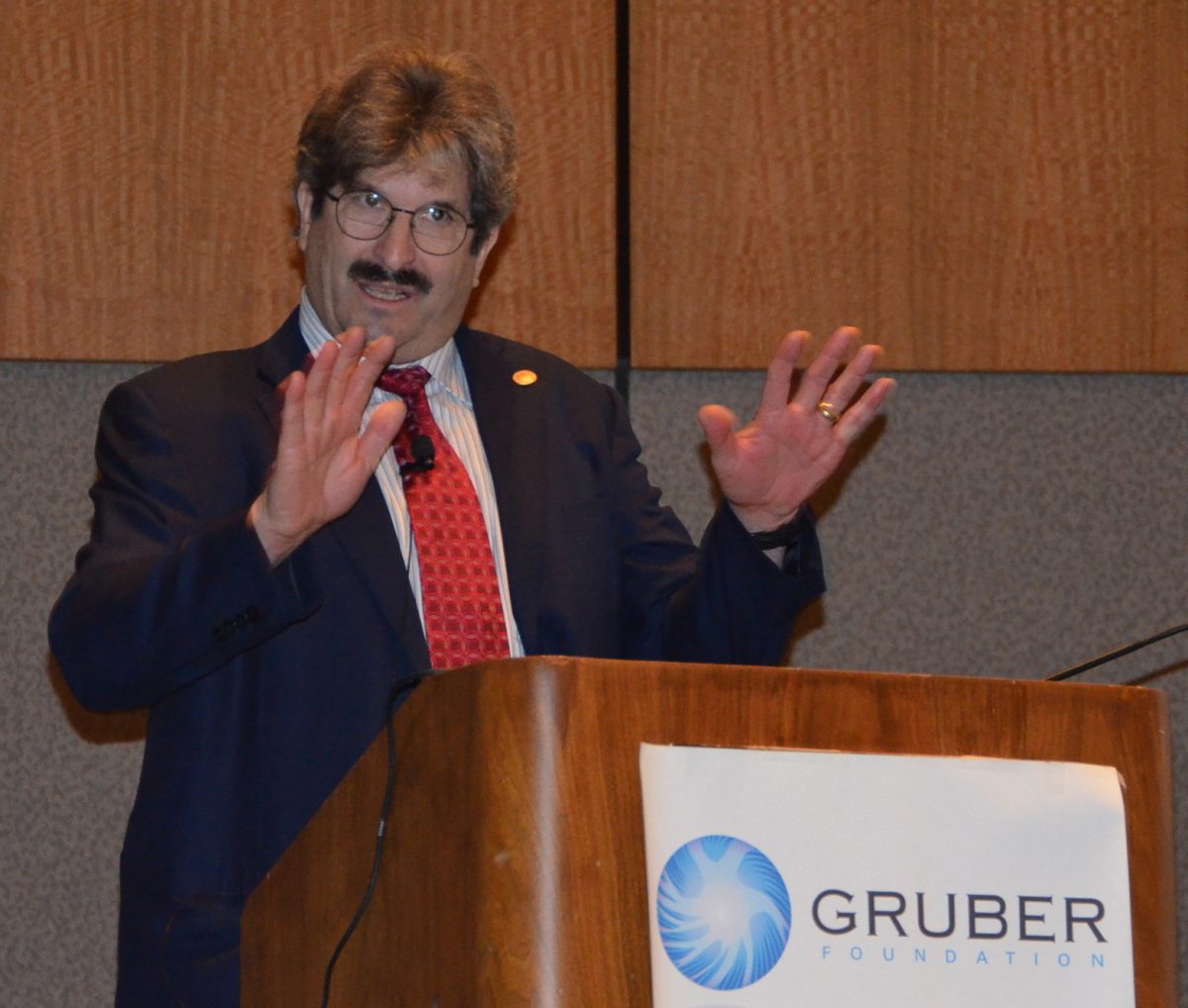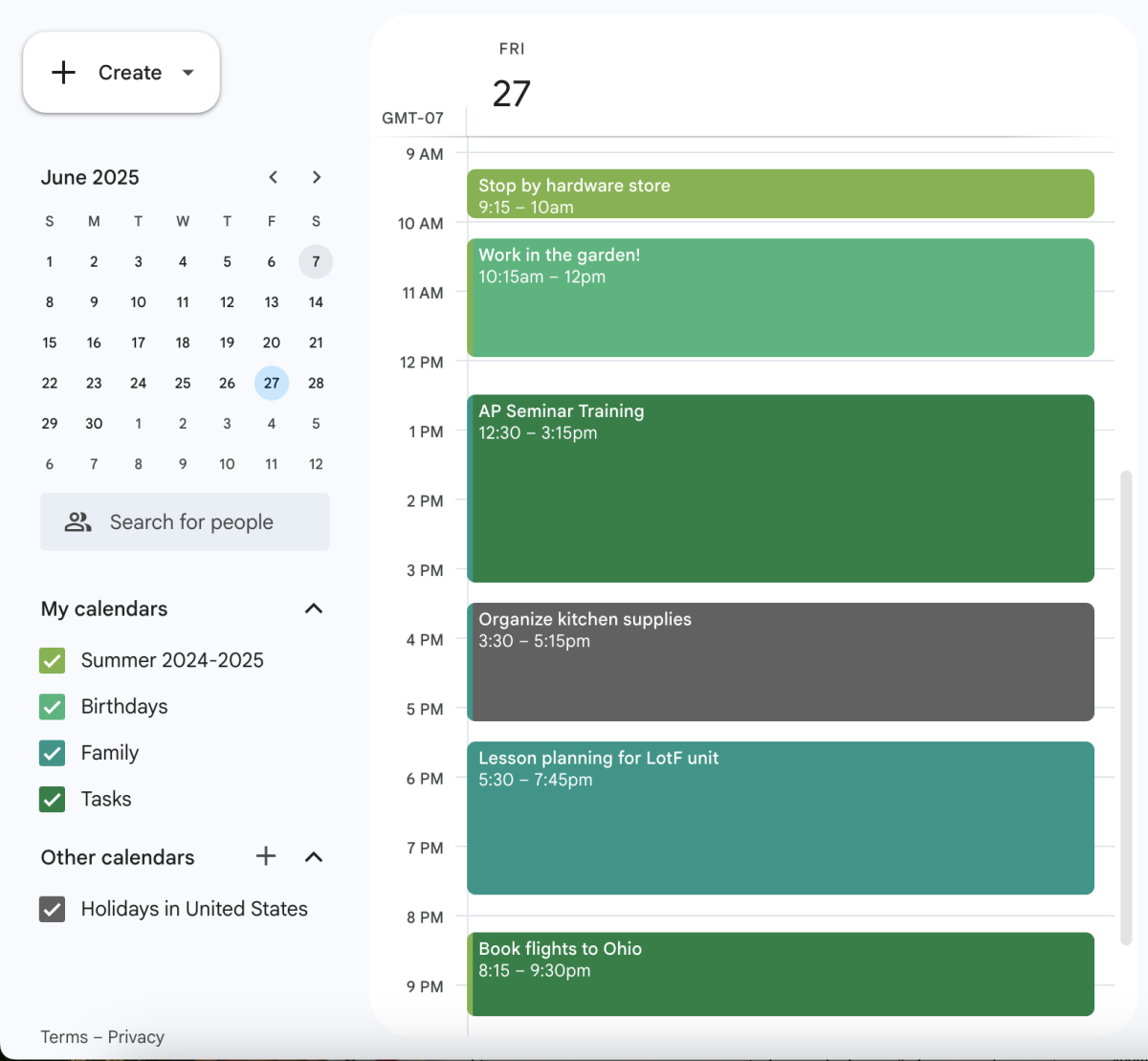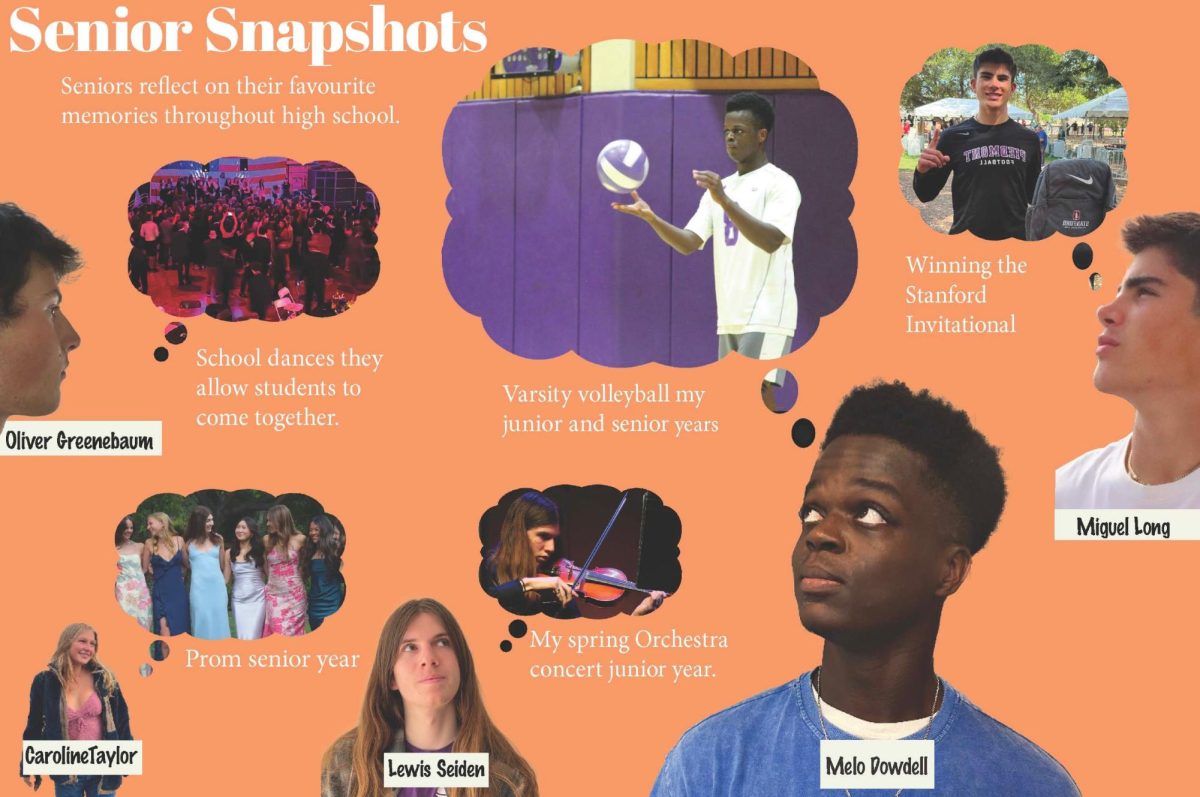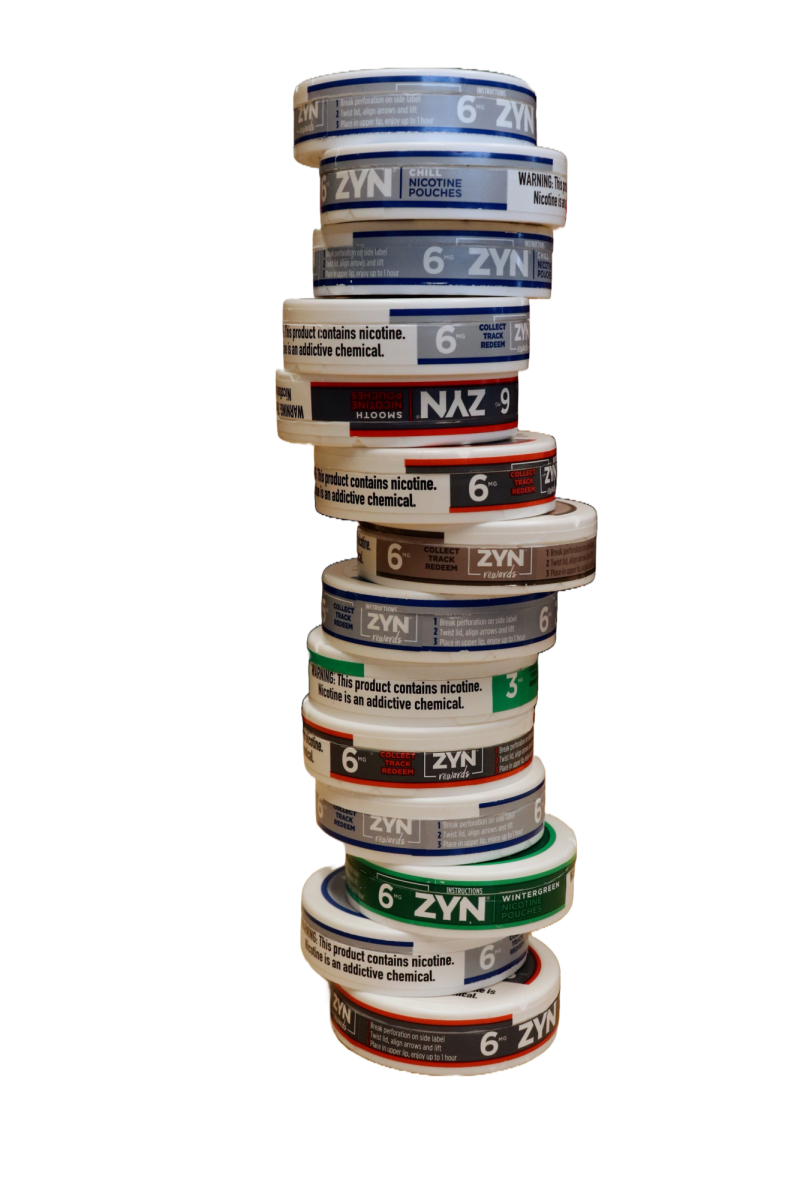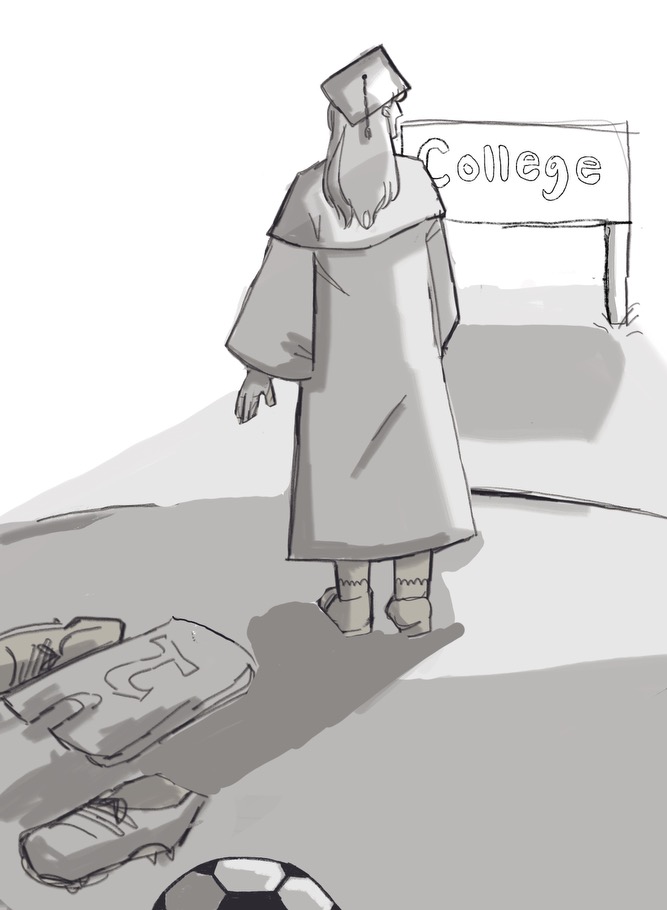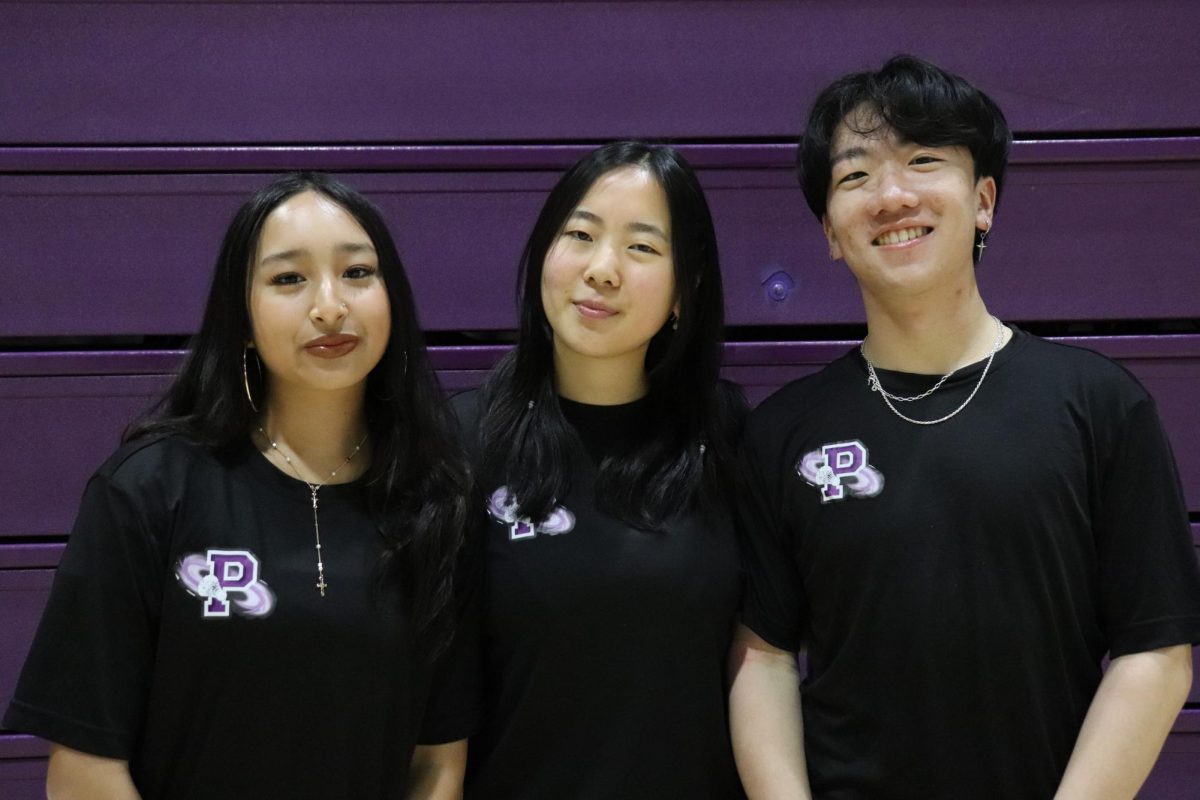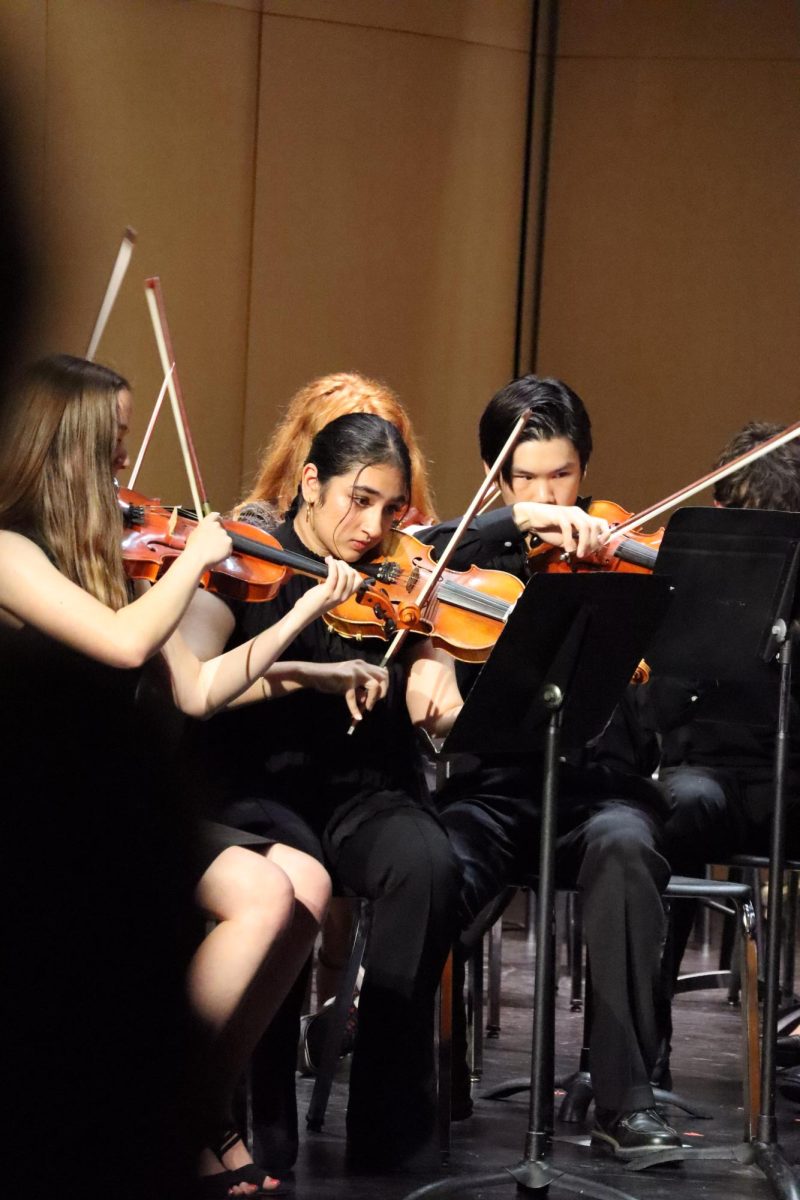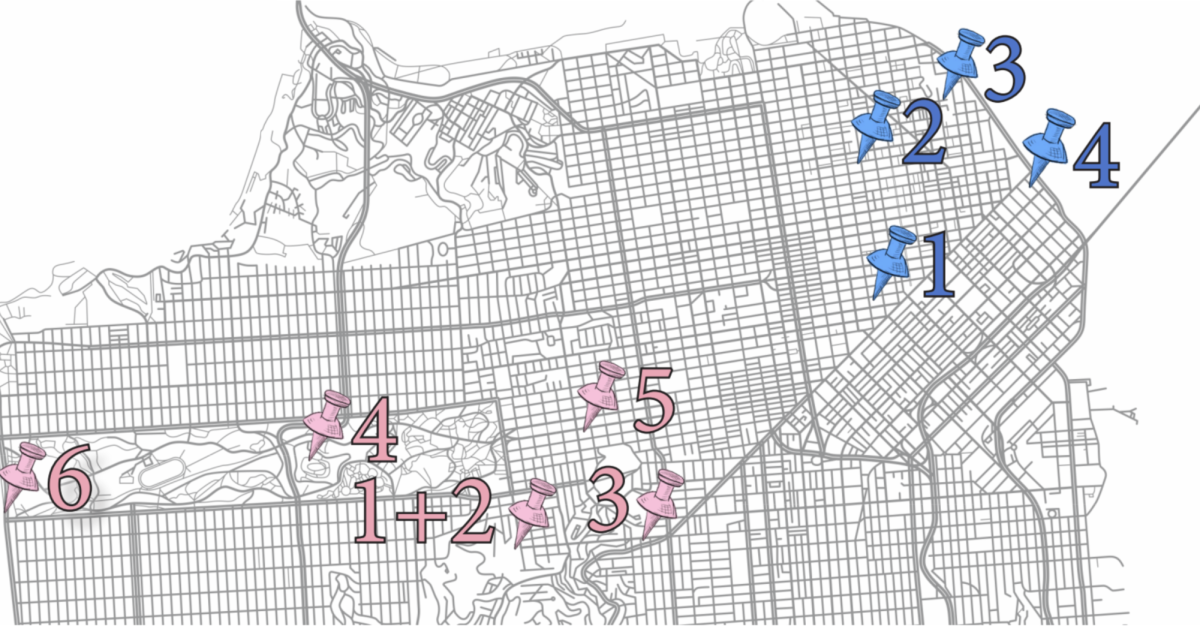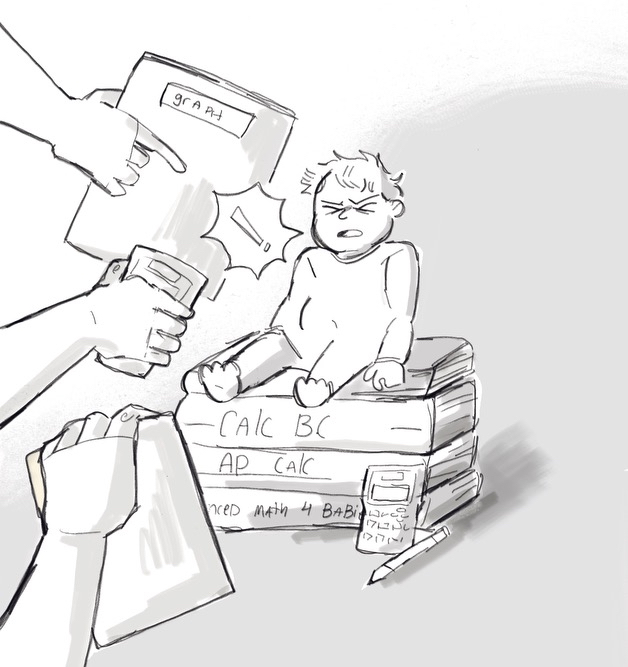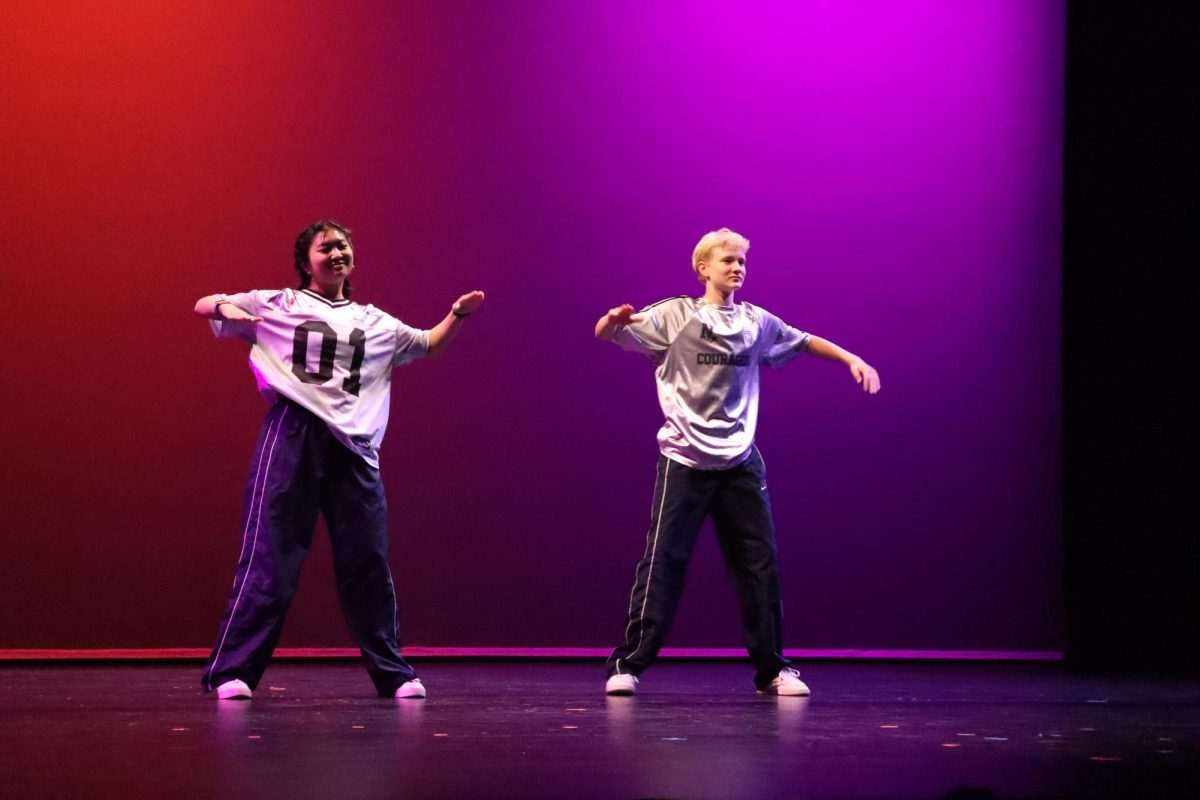What is Special Education?
Under the purple “Academics” tab on the PHS website are the sections one would expect—computers, creative arts, English, math, physical education, science, social studies and world languages. But tucked in at the bottom of the list, just like how it is tucked on the end of the student center or a floor under the computer labs, is an integral program—the special education department.
Oftentimes overlooked or forgotten about, special education is a required service for all public schools in the country, thanks to the Individuals with Disabilities Education Act, which passed in 1975. Along with the 1990 Americans with Disabilities Act, these two laws make sure individuals are not discriminated against in jobs, schools or transportation due to a disability and that children with disabilities have access to public education, just like other children.
“Special education is designed to support students who may have a disability, an identified disability, which prohibits them or causes challenges for them to access the general education curriculum,” director of special education Julie Valdez said.
Fourteen percent of the PUSD population is in the special education program, Valdez said. There are 13 eligibility categories within this program. Some of these categories may be more overt, for students who are blind or deaf, while others might include students with disabilities that are harder to see or determine.
“All students who receive special education services should be receiving specialized instructions based on their area of need,” Valdez said. “But it can look a lot of different ways and we have a wide continuum of the kinds of supports that can go into each student’s plan.”
Each student within the program is given an Individualized Education Plan (IEP). Just as its name suggests, an IEP is unique to every student and can include test time extensions, a learning center class or a completely modified curriculum.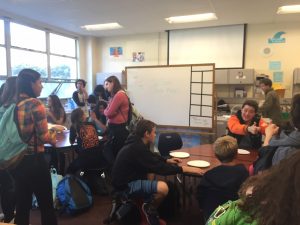
Before a student can receive an IEP, they must go through an assessment process to develop the specialized learning plan and to see if the student qualifies for accommodations.
“A student is either sought out by teachers or by parents if there is a concern that academically they are having difficulty, they just aren’t learning, they aren’t testing well or really problematic,” resource specialist Liz McCarthy said. “So then they go through quite a battery of tests.”
Depending on a student’s condition, Valdez said a student might go through evaluations regarding psycho-education, occupational therapy, adaptive and augmentative communication, assistive technology and speech and language.
“It is an important part of our community and there are lots of things that happen behind the scenes, legal things and lots and lots of meetings that teachers and students and parents and counselors and everyone is involved in,” English teacher Debbi Hill said.
SPECIAL EDUCATION AT PHS:
Out of the 813 students at PHS, 12 percent of the population is a part of the special education program. Within this population, students have varying restricted education plans depending on what is best for them, McCarthy said.
“The learning center is pretty least restrictive, it’s just a class, it’s just a time,” McCarthy said. “Whereas the home base is more restrictive. Often those students have significant academic difficulty, so they have to have a modified academic program.”
Home base teacher Nick Bruno said that in home base (HB), teachers might read tests aloud instead of administering them by Scantron or do projects that show understanding in lieu of a test.
“Same content, same everything, just presented in a different way that is easier to access,” Bruno said.
A student in HB said that the class has a better environment this year now that it has become more organized.
“It’s put me into a good work mindset,” the student said. “I have a very good HB teacher now and that’s really getting me going for the classes. She’s guiding me through it quite well.”
Learning center (LC), which is less restrictive than home base, is a class for students to plan out the school week, make up tests and quizzes, study for tests, work on essays or do homework. Depending on the student, they might have a learning center class for one or more periods.
“Kids in LC, their brains work differently than kids who are not in LC and they have a lot more trouble being in the classroom, they just have a harder time,” a junior LC student said. “With the extra time it is very helpful and very much needed for most kids.”
The transition to LC can be difficult, especially when first adjusting to the LC class, a senior LC student said.
“[At first] I thought it was a little strange and a little scary and very honestly at first I thought there was something wrong with me because I was doing bad at school and the teachers were all like ‘Oh we need to send her here,’” the senior student said. “Very, very honestly I had sort of a very negative image of it first, but then I realized that people are there for different reasons and it’s there to help.”
However, after adjusting to the different system, the senior student said that without LC, they would not have been able to get through high school.
“It’s been super helpful and it’s made me realize that you may have learning disabilities but it doesn’t mean that I’m stupid or dumb it just means that I need a little more time,” the student said. “It’s helped me learn how to work with and around my learning disabilities.”
Along with the LC class, PHS offers co-taught classes in math and English. These classes, which are deliberately populated to contain students with a whole range of skill levels, teach the same curriculum as regular classes, but there is a resource specialist teaching alongside the general education teacher.
“As educators, we want all of our students to have the support that they need,” Hill said. “Every student, no matter what their skill level or experience or background, everyone legally is supposed to get the same stuff. Because we think it is important, it is not a good idea to put students with special needs in their own class, they are missing out on other things, with being with their classmates and getting the same kind of experiences.”
Hill said the fact that co-taught classes are offered is a testimony to the openness of the community regarding special education. Piedmont has a strong and respected special education program, but Hill said that there still is a stigma.
“I just had a test and a boy said, ‘Finish your test, don’t send it to LC,’” the junior LC student said. “[People are] rude sometimes and there are stereotypes of not being smart, not doing your work or having other people help you and stuff. They don’t think you struggle in school and they think it’s just an easier way out of things. I really struggled with that freshman year, having people say that, but it’s people not worth your time saying that.”
Agreeing with this student, McCarthy said that especially in such a fast-paced and rigorous environment like Piedmont, sometimes the fundamental idea of special education and these unique accommodations can get lost.
“It’s personal, it’s difficult, it’s hard, it’s shaming, all those things,” McCarthy said. “And so I think it’s really a delicate subject and it’s blown off like ‘Oh, he’s in LC’ or ‘Oh, he’s just going to get extra time’ or ‘Oh, she gets this and gets that,’ but it’s real and it’s serious. We are working hard for these kids and these kids are working hard.”
The “we” includes paraprofessionals, instructional assistants that many students have seen around campus. Paraprofessionals do anything from shadowing a student to taking notes in a class to teaching mini lessons to going out in the community with students in the home base program.
“[Resource teachers] are an advocate for the students, so often they are in the really challenging position of working with the student and figuring out what’s best for them, but then negotiating with the teacher and with the parents and sometimes it’s very complicated,” Hill said. “They work very hard and I am so impressed with all of the things they do. The stigma that we used to have about students in special ed, there used to be a stigma about the teachers too.”
Despite all these stigmas, the home base student said that HB is a friendly environment and encourages people to come check it out.
“It’s neat,” the student said. “You can get to see a few things that might be a little weird for you but that’s totally okay. It’s its own thing. It’s its own separate environment almost from the school.”
